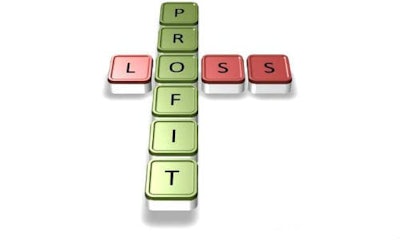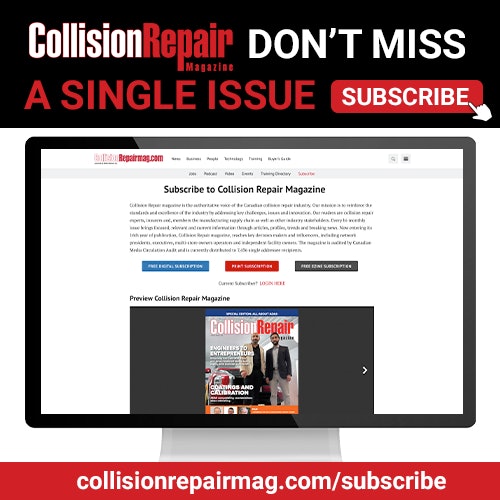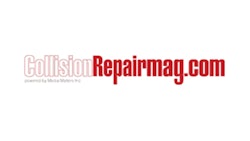
By Jeff Sanford
Toronto, Ontario — April 17, 2016 — The pace of consolidation in the North American collision repair space moved ahead at a rapid pace in the first quarter of 2016, with Winnipeg outfit Boyd Group adding as many companies to its chain in Q1 as it added all of last year.
“The consolidation activity has been increasing, that’s for sure,” says Brad Mewes, an industry consultant. His firm, Supplement!, recently released a report on Q1 consolidation rates. The Newport Beach-based consultancy finds the first quarter of 2016 was busy with deals happening at a very healthy clip.
The report notes that three other companies appear to be growing at a similar pace to previous years and that in the first three months of 2016 the four largest consolidators added 92 locations. This is as many locations acquired in total in all of 2012, says Mewes.
“Consolidation in the collision industry continues to march forward at an astounding pace. The largest companies in the industry continue to aggressively grow through acquisitions, or by buying existing collision repair operators. And as these companies continue to aggressively expand we see continued consolidation in adjacent segments that sell into the industry, especially in paint distribution and parts distribution,” reads the report.
In the first quarter of 2016 all four consolidators continued to “grow aggressively … In the first quarter of 2016 the Boyd Group has already added more locations than they added in all of 2015,” according to the data.
The strong growth is just another bit of good news for Boyd Group. The company has been basking in the glow surrounding a string of solid positive developments.
This winter the company was added to the TSX S&P 50 as a component company, giving Boyd instant new vision and clarity among big institutional investors like pension and mutual funds. Boyd also recently announced that it had generated more than $1 billion in revenue. The news led to a huge overnight bump in the stock price as investors continue to clue-in to the good story going on at Boyd.
Mewes notes in his report that the company’s CEO Brock Bulbuck, believes his company is well positioned to grow “at an average rate of 15 percent a year, or doubling in size again within five years,” or possibly sooner if the company completes any number of large acquisitions.”
The consolidation action is not confined to Boyd either. All in, North American collision repair industry consolidation continues at a rapid pace.
“Whereas 2013, 2014 and 2015 could be described as raucous a very notable shift has taken place in 2016. While the overall pace of acquisitions has not slowed, the clamour surrounding them certainly has,” says Mewes. The narrative may be more measured, he notes, but the growth is anything but, “Each of the four largest companies in the industry have realized a five year compound annual growth rate in excess of twenty percent. In other words, each has more than doubled in size over the past five years. In fact, the fastest growing of the group, Service King, has increased the number of locations six fold since the beginning of 2012 through the end of 2015.”
According to Mewes the industry is now a $36 billion one. The four largest consolidators account for about $4.5 billion in revenues for about 13 percent of total market share to date. MSOs with revenue greater than $20 million in account for another 6 percent of market share.
“The industry, while consolidating, still remains highly fragmented. But while the industry is fragmented, it is increasingly bifurcated into very large and very small,” says Mewes.
He expects consolidation to continue. “It is a near certainty that consolidation will continue in collision repair, as well as the sectors surrounding collision repair. Growth by acquisition will continue to make sense for a number of reasons,” says Mewes. “Organic growth is tepid, and claims frequency is generally flat to declining. Acquiring growth is often faster and more cost effective than growing internally … although both are important … Industries also naturally consolidate over time.”
The automotive aftermarket, including collision repair, paint and parts, is still highly fragmented. The fragmented nature of the market creates inefficiencies in the supply chain. At the same time a growing group of small business owners are approaching retirement. With a number of well-capitalized savvy and sophisticated buyers eager to acquire these baby boomer businesses, the consolidators will come in, allow the boomers to retire, while enjoying the fruits of the new efficiencies and scale.
Says Mewes, “Many smaller MSOs and single or dual location businesses find it challenging at best to expand same store sales by any amount in the current economic environment. While 2015 was generally an up year for many in the collision industry, many companies, public and private, are hard pressed to consistently achieve a 5 to 7 percent top line growth rate when excluding acquisitions. This is an ongoing testament to the attractiveness of the multi-store business model in the collision industry, even more so when taking into consideration the fact that Boyd has doubled in size and exceeded a billion dollars in revenues in a few short years.”






















